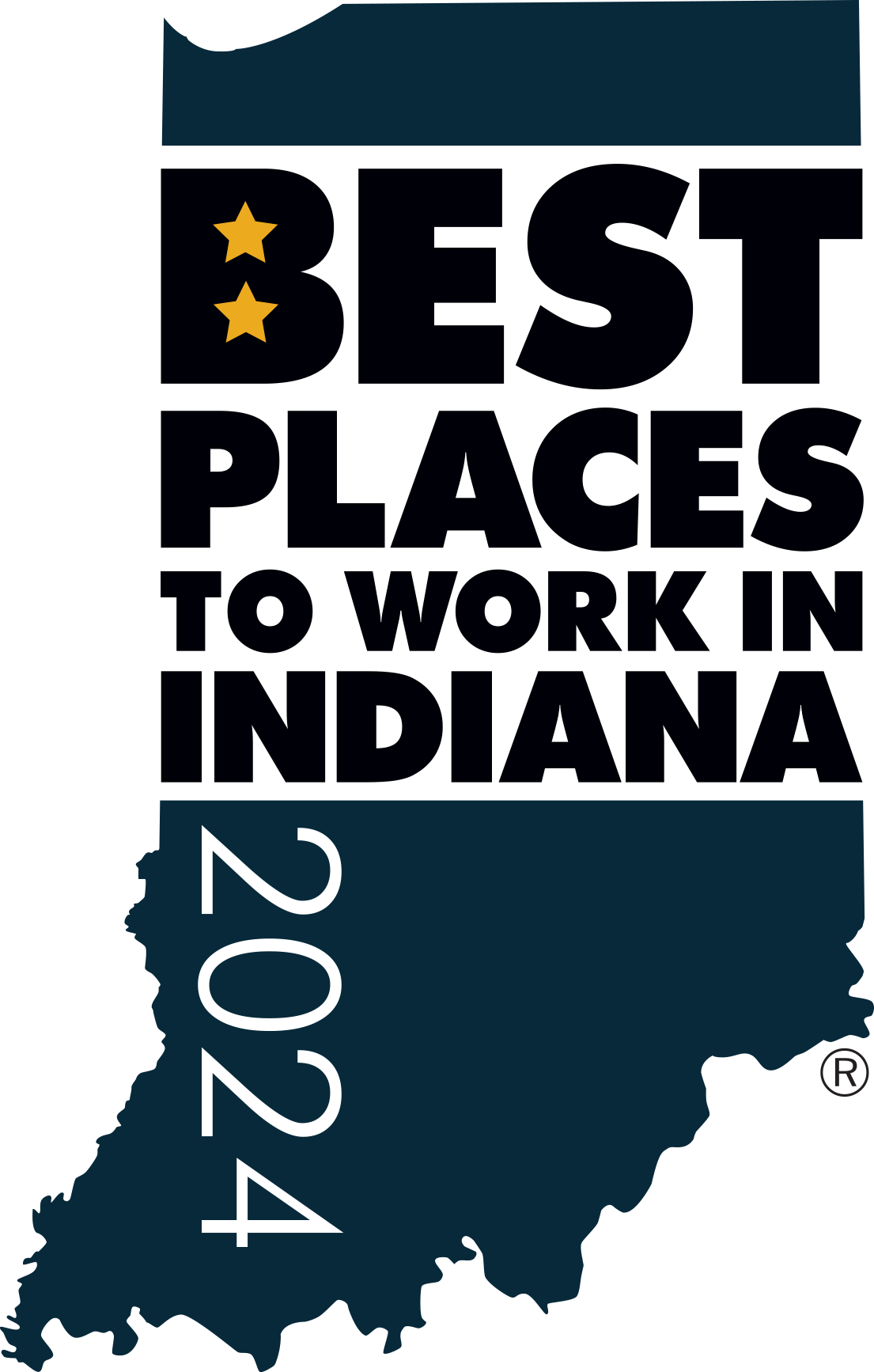Establishing Mutual Commitments
According to a recent report from the U.S. Bureau of Labor Statistics, there were 2.8 million individuals who voluntarily quit their jobs in January 2015. This is a 17% increase from January 2014, proving that opportunities for employees are abundant and we have shifted back to a candidate-driven marketplace. Why is this important?
Employee retention should always be of utmost importance, but requires awareness as to why employees leave to begin with. A Gallup poll of more than 1 million employed U.S. workers concluded that the #1 reason people quit their jobs is a disconnect or poor relationship with their boss or immediate supervisor. “People leave managers not companies…in the end, turnover is mostly a manager issue,” Gallup wrote in its survey findings.
In other words, the responsibility rests primarily on leadership’s shoulders to engage, mentor and retain employees.
Establishing mutual commitments is the key to a meaningful relationship. This is true for personal relationships, relationships with clients, and relationships with employees. The bedrock of a meaningful relationship is trust, and trust is solidified or broken based on reliability in the form of honoring our commitments. We have all heard expressions like, “his actions spoke so loud, I could not hear his words” or, “she says what she will do, and does what she says.” Spouses, friends, co-workers, and our employees do not have a rule book for correct behavior by either themselves or by us unless we get one from them, give them one, or co-create one.
Leadership Expectations
The easiest way to create this blueprint? Solicit feedback from the team! They are your audience of judges, and they will give you the answers to the test. Ask questions and be open to receiving feedback:
- Who would you say is the best boss you’ve ever had (present company excluded, of course)? What characteristics or qualities did they have that stand out?
- What would you replicate from previous companies or departments in which you’ve worked?
- What do you most appreciate about the leadership of our organization/team?
- As leaders, what are we not doing that we should be?
- If you became CEO tomorrow, what is the first thing you would change? Why?
From that feedback, come up with a list of five or ten expectations to which you know you can be held accountable. Make the expectations quantifiable, so that issues will not arise with relativity. Do not commit to something in which you will likely fall short; this should be set in stone on both sides and waver only for special exceptions or with permission from the other party. The key is that you cover what your team can count on from you in your professional relationship, and that what they can count on are things that matter to them.
Clear Expectations
It can be easy to create a list of the behaviors that we want others to exhibit, but tougher when we have to declare the same for ourselves. The following are some examples of commitments that could be modified for your own professional environment, and made quantifiable as much as possible:
- Go to the Source: I will have the courage to respectfully confront (to provide feedback) and be confronted (to receive feedback). I will provide you with honest guidance regarding your performance on a consistent basis, and do so in a private environment.
- Career Path Blueprint: I will provide a career path with quantifiable benchmarks, and educate you as to the vision I have for you and your contribution. I will see potential in you that you may not yet see in yourself, and remain committed to your professional development.
- Mutual Accountability: In service of your long-term potential, I will hold you accountable to doing the things you said you would do. I will invite feedback consistently about my leadership abilities, our team’s dynamic, and how things can improve.
- Timely Response: I will respond to all emails promptly and will not cancel standing meetings unless there is a true emergency or unavoidable last-minute conflict.
- Consistency: I will have times of being intensely focused on a project or unavailable at times, but I will not allow myself to have any passive aggressive or “bad days.” You can count on my consistency as a leader and colleague.
Two-Way Street
Create the same list of commitments for employees, and consider asking current staff to help create the list of things they want in teammates. The expectations could include things like desired behaviors, time in office, work ethic, required results, or any other guidelines that allow an employee to know they are meeting expectations. Resist the urge to simply say “I’ll know a job well done when I see it” – if you can’t articulate expectations clearly, employees will never know if they’ve achieved them. This is when a disconnect happens, and the foundation of the relationship begins to crack.
What happens when an expectation is not met? Give both sides permission, early on, to approach the other when this happens. When it does, there is the opportunity to engage in additional dialogue and share relevant information that may shift the perspective of the situation. There is also the opportunity to course correct immediately, as sometimes we don’t realize an issue exists until an outside party points it out! Choose to foster, and demonstrate to employees, an environment of high accountability and expectations of one another. The strongest organizations and teams are built by those who honor their commitments.
Finding People Who Make a Difference®
Executive Search Review has recognized the totality of the Sanford Rose Associates network as being one of the Top 11 Search Firms in North America. Sanford Rose Associates has 60+ offices worldwide and is a member of the International Executive Search Federation (IESF). To learn more about best practices related to retention strategies, please reach out to your Sanford Rose Associates® executive search consultant today.
-Karen Schmidt

